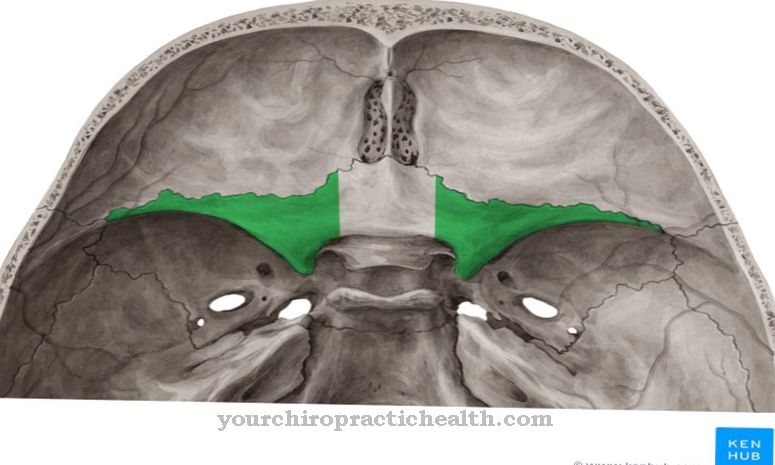The Cystoscopy, medical Cystoscopy or Urethrocystoscopy, is an endoscopic examination of the urinary bladder through the ureter using a rigid or flexible cystoscope. The cystoscopy is one of the modern urological examination procedures and a special endoscope for the examination was first presented in Vienna in 1879.
functionality

The cystoscope in one Cystoscopy has lenses that allow detailed examination of the inside of the urinary tract. The endoscope, which is a maximum of nine millimeters thick, is equipped with a light at the tip and can have optical fibers that transmit the image. For medical interventions, the cystoscope can have tubes through which medical instruments can be guided during the cystoscopy.
Local anesthesia is usually performed for the cystoscopy, especially with a rigid endoscope. General anesthesia may be necessary if the urinary bladder is operated on at the same time as the cystoscopy. When using a flexible endoscope, anesthesia during the cystoscopy can be dispensed with.
The following medical indications may prompt the doctor to perform a cystoscopy:
- Noticeably frequent urinary tract infections
- Blood or cells in the urine
- Suspicion of a tumor or during tumor follow-up
- Incontinence, overactivity of the bladder, or urination disorders
- Insertion of a urinary catheter
- Suspected urethral narrowing, fistula formation, or foreign bodies in the urinary tract
application
The Cystoscopy while the patient is lying down with a rigid or flexible endoscope. In adults, local or full anesthesia can be used to relieve pain, while children are usually placed under general anesthesia for a cystoscopy. A special diet before the cystoscopy is not necessary and the patient can return to normal activities after the examination. Before the cystoscopy, a urinalysis can be done to look for germs.
To ensure that the cystoscopy is largely sterile, the urinary tract is flushed with sterile fluid during the examination that is passed through the cystoscope. During the cystoscopy, it gradually fills the urinary bladder, which can then be better examined during the cystoscopy, while the patient can feel the need to relieve himself.
As a rule, the images of the cystoscopy are displayed on a monitor and patients who are not given general anesthesia can follow the examination on the screen. In men, the urethra and the urinary bladder are routinely examined during a cystoscopy. In women, however, usually only the bladder is examined. A cystoscopy without any additional surgery is usually done in around fifteen minutes.
You can find your medication here
➔ Medicines for bladder and urinary tract healthSide effects & dangers
Following the Cystoscopy Many patients experience an uncomfortable burning sensation or slight pain in the abdomen. Continuous drinking of one liter of water for the first two hours after the uroscopy and a warm bath can provide relief.
With a urinary tract infection, there is a risk of spreading pathogens with a urinary tract. To avoid this, antibiotics have been administered before and during the uroscopy in the past. However, since the frequent use of antibiotics without any indication can cause resistance to germs, this is not the case today.
Another risk is mechanical damage to the mucous membrane, including perforation of the tissue during the cystoscopy. Injuries to the mucous membrane can lead to narrowing of the urethra. In men, a cystoscopy can lead to a chronic inflammation of the prostate called prostatitis.




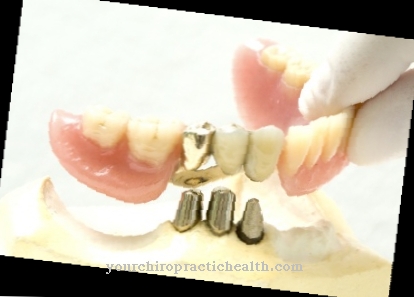

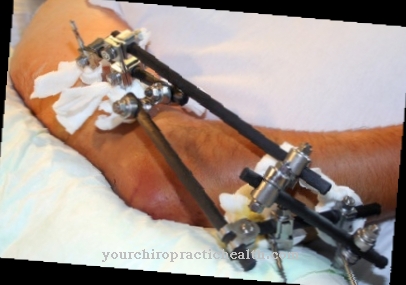

.jpg)
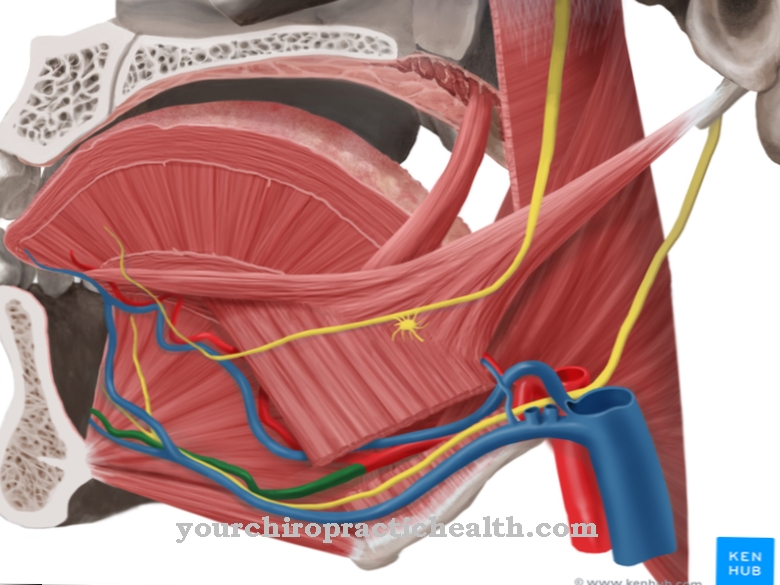



.jpg)

.jpg)



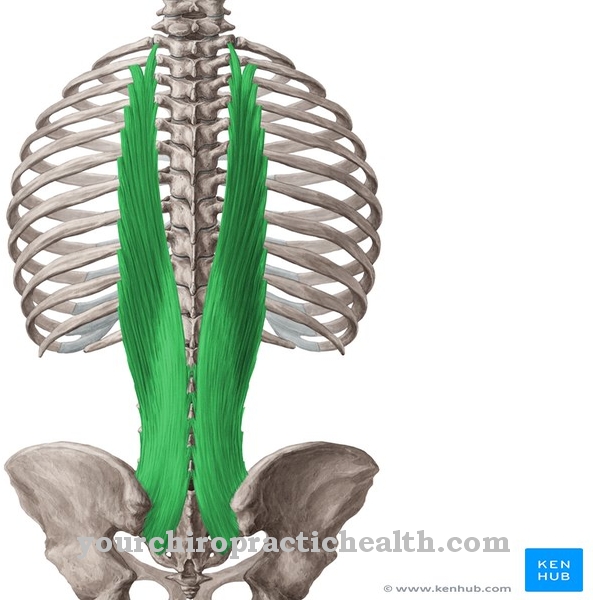
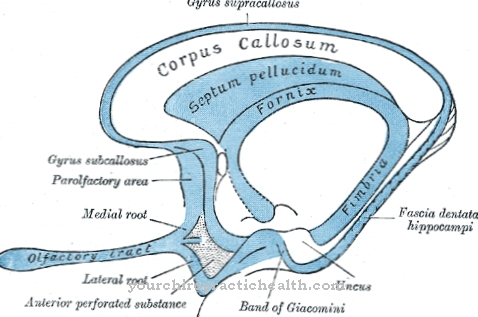



.jpg)


